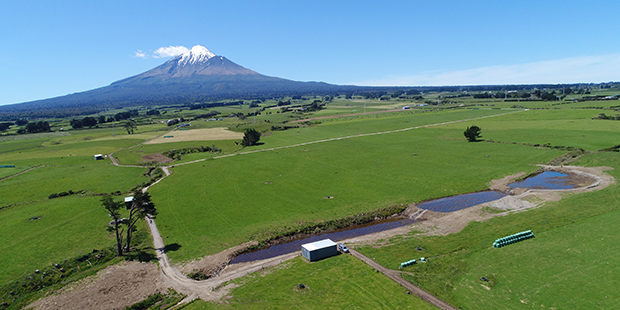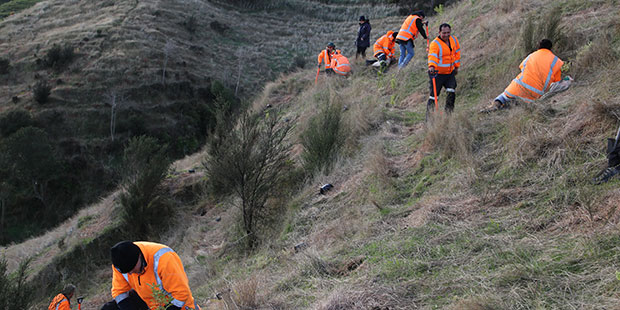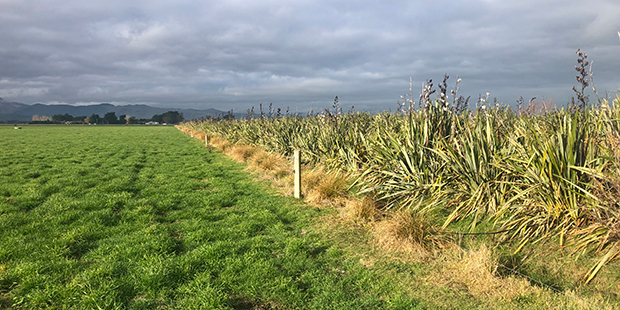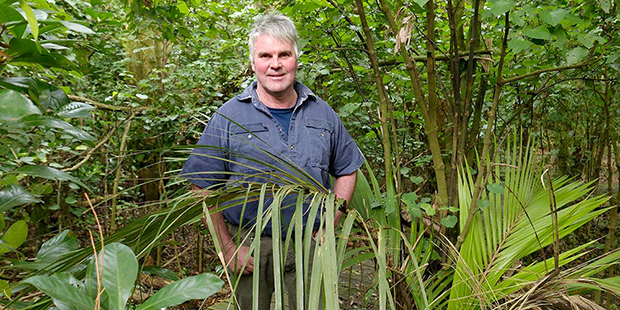Farm changes help environment
Project involving Canterbury dairy farmers shows the way forward to protect water quality.
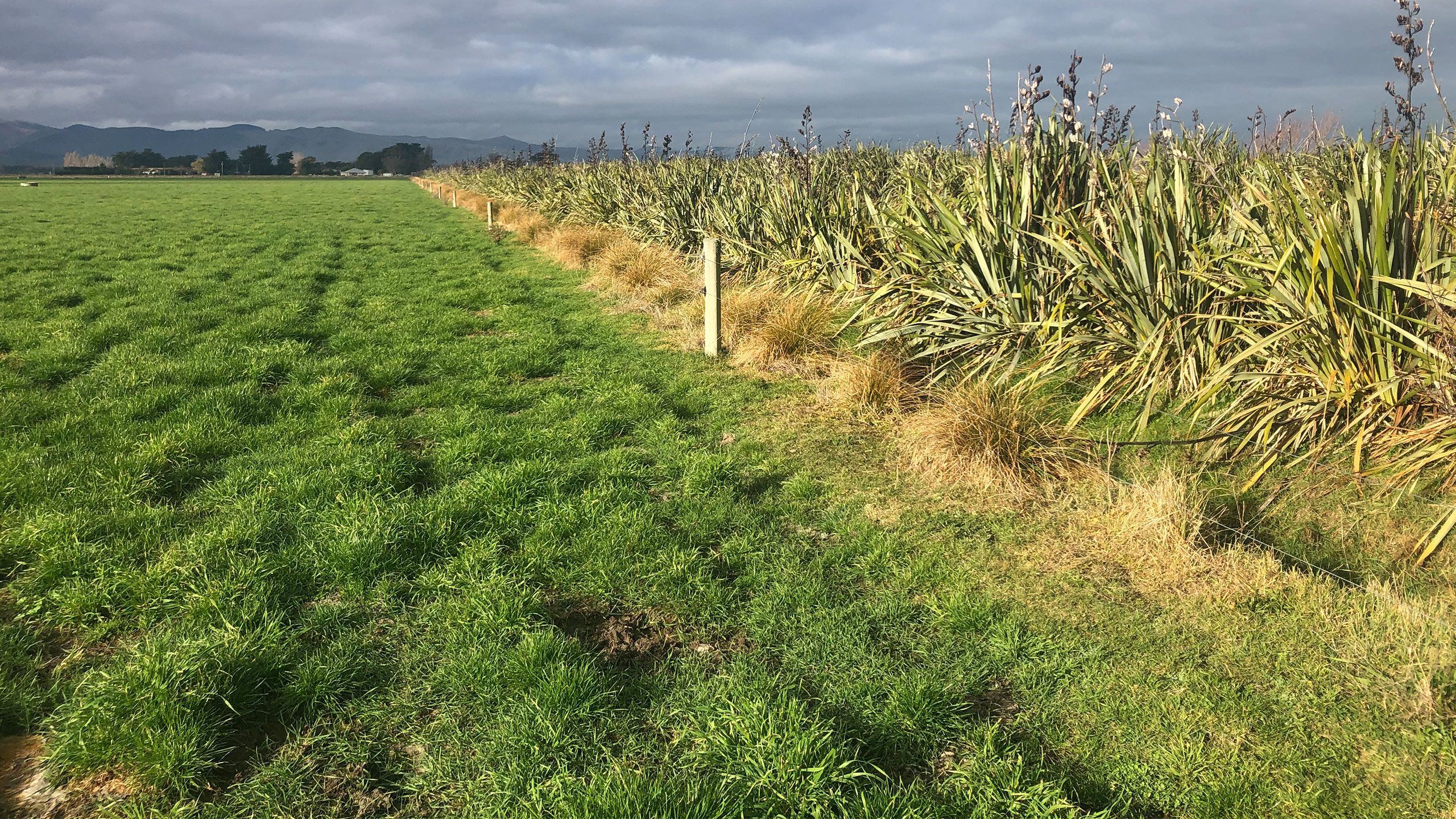

Fifty dairy farms in Canterbury’s Selwyn and Hinds catchments are taking part in a five-year DairyNZ project influencing change on hundreds of farms in the region.
One of the partner farmers, Tony Dodunski, operates close to a lake considered one of New Zealand’s most important wetland habitats and has, just two years into the project, made great gains in reducing nitrogen loss.
Dodunski owns Beaumaris Dairies, a 219ha farm near Te Waihora/Lake Ellesmere, and has cut his nitrogen loss from 32kg per hectare to 17kg per hectare: “Our plan requires us to achieve a 30 per cent reduction by 2022, so we are already well over that,” he says.
His property - low-lying and with more than 10km of drains feeding into an 11km wetland at its lowest point - borders a Department of Conservation (DOC) reserve near Te Waihora/Lake Ellesmere.
His wetland ultimately flows into the lake which, according to DOC, is of national and international importance for wildlife. More than 160 species of birds have been recorded there (including 133 native species) of which 37 use the lake for breeding. It also supports up to 43 species of fish including flounder, yellow eye mullet and eels.
Dodunski, who bought his farm in 2017 and milks 650 cows, says because it is close to the lake there is a responsibility to protect Mahinga Kai (the ecosystem and its food sources), including caring for waterways on the farm.
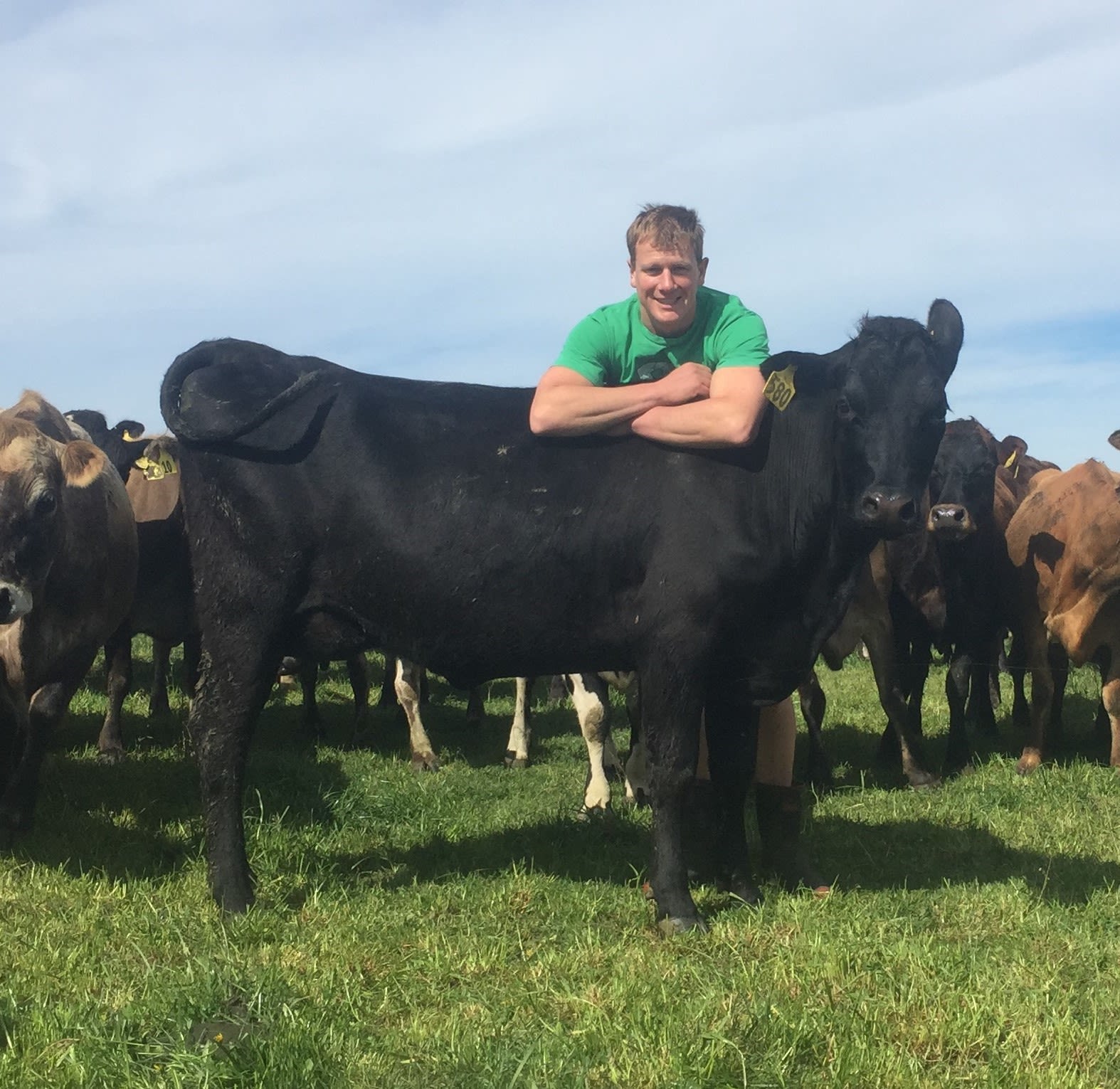
Photo / Supplied.
Photo / Supplied.
He says changes in the last two years are helping reduce run-off and are increasing the time water is held in his farm’s wetland, enabling nutrients to be better absorbed there.
DairyNZ’s project lead Virginia Serra says the project aims to help farmers significantly reduce nitrogen loss while maintaining profitability – and, thanks to partner farms hosting regional events, changes to farm practices are becoming widespread.
Under targets set by the Canterbury Regional Council, farmers in Selwyn need to reduce nitrogen losses by 30 per cent by 2022, while in Hinds staged targets require reductions of 15 per cent by 2025 and 36 per cent by 2035.
Along with the 50 partner farms, 210 dairy operations in both the Selwyn and Hinds catchments (of 460) have been surveyed and almost all have changed farming practices.
Serra says while it is still early days, most farmers are on track to achieve council targets: “The most common actions farmers reported taking were changing their irrigation system or management (94 per cent), improving effluent systems (90 per cent) and reducing nitrogen fertiliser use (80 per cent).”
“It is very exciting to see changes across so many farms,” she says. “A lot of information sharing is taking place and there is a huge commitment by farmers to make changes. Many of these can be applied in other regions to potentially reduce costs.”
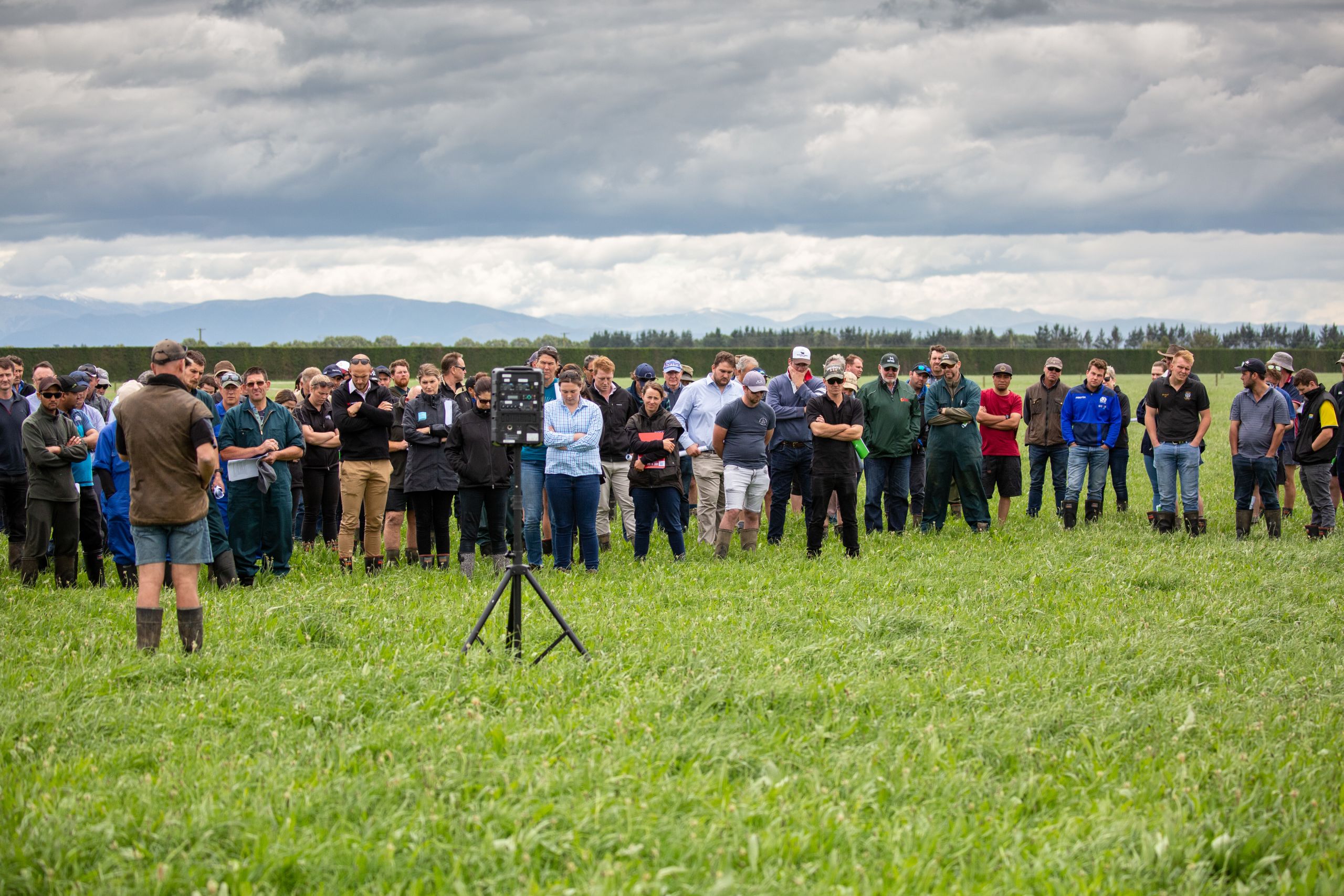
Selwyn Hinds field day photo. Photo / Supplied.
Selwyn Hinds field day photo. Photo / Supplied.
All farms in the Selwyn and Hinds zones are audited against Farm Environment Plans which monitor environmental management practices. Independent auditing of the plans shows 40 per cent of farms have achieved an A rating and 54 per cent a B rating, while only five per cent returned a C rating.
Dodunski says the previous owner had already worked on improving the farm environment and “as we farm in an environmentally sensitive area, our philosophy is to look for ways to reduce our footprint.”
In the first two years, he planted 3800 native trees and shrubs around the drainage network and this winter has planted another 750. He is also looking to begin a planting programme around the wetland (naturally vegetated with many varieties including bulrushes and coprosmas) and to create shallow ponds and sediment traps within it to increase its ability to absorb nutrients.
“We want to plant it properly with natives but we’ll need resource consent and funding to carry it out (he estimates the project could cost $550,000), so the plan is to attack it in stages.”
Dodunski has also developed a feed pad to hold up to 700 cows, designed to capture effluent. A concrete slab measuring 70m x 35m, it is positioned next to the cowshed near the farm’s effluent storage ponds. During the wettest months of the year, it mitigates pugging, which the soil is prone to during rain.
“It means cows are not peeing into saturated soil,” he says. “It also helps reduce pasture damage, run-off and nitrogen leaching and, when the soil conditions are right, we can apply the effluent on the farm.”



